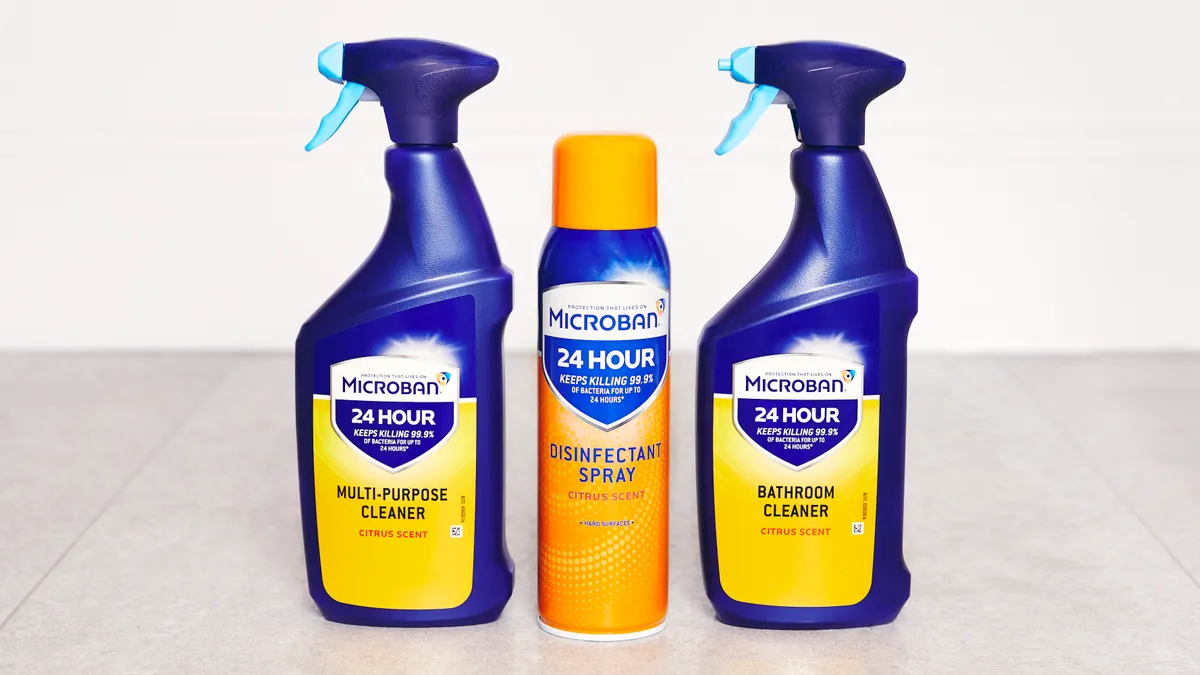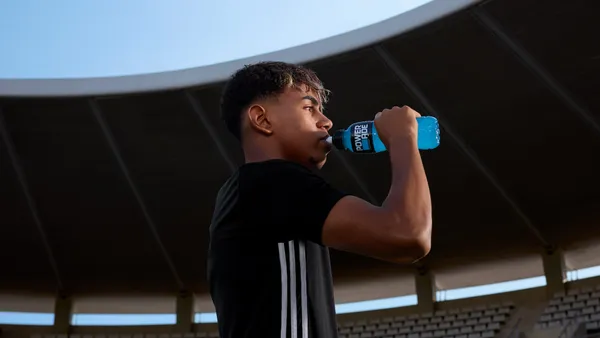Dive Brief:
- Procter & Gamble reported e-commerce sales grew 50% year-over-year in its fiscal third-quarter, according to an earnings report released Tuesday. Net sales, an important measure of health for the packaged goods category, were up 5% YoY to $18.1 billion.
- E-commerce now accounts for 14% of P&G's sales at the global level, P&G Chief Financial Officer Andre Schulten told analysts on a call discussing the results. In aggregate, P&G's market share in e-commerce is about equal with brick-and-mortar retail, Chief Operating Officer Jon Moeller said.
- The boom in digital sales is starting to affect how P&G thinks about factors like packaging design, per Moeller. The owner of Tide, Charmin and Olay joins other CPGs in ramping up e-commerce investments to meet consumer trends driven by the coronavirus pandemic.
Dive Insight:
P&G continued to feel a windfall from the pandemic in fiscal Q3, as the health crisis has led to sustained consumer interest in home goods and cleaning products and resulted in a rapid acceleration of e-commerce adoption. While marketing and advertising were not discussed in depth on the earnings call, executives suggested that P&G's reputation in those areas is reinforcing the performance-driven channels that are increasingly important to its bottom line.
"The strength of our brands is a big effort when you come to [e-commerce]," CFO Schulten told analysts. "It ensures that we can be on the landing page in the search top results."
As P&G pushes to scale its e-commerce capabilities, the organization is thinking differently about areas such as packaging. Moeller called out how liquid products might need to be tweaked to be able to survive the strains of an e-commerce supply chain. The COO framed these decisions as part of the broader positioning P&G has taken around what it calls "constructive disruption" — a willingness to quickly pivot to meet the demands of a society under pressure.
P&G's bigger spotlight on e-commerce comes as retail partners race to build out their own online shopping muscles. Moeller noted that digital sales channels are now just as important for traditional big-box players like Walmart and Target as they are for digital natives such as Amazon or China's Alibaba. Walmart last September launched its long-awaited Amazon Prime competitor Walmart+.
"When we think about channel differences, that historically, in the past, was a customer difference," Moeller said. "That's no longer the case."
Other global CPGs are making similar moves as P&G. Unilever plans to invest $2.4 billion over the next two years to support high-growth business segments, including e-commerce. The company's e-commerce business grew 61% in 2020, accounting for 9% of total sales.
Correction: A prior version of this story misstated how much of P&G's global sales come from e-commerce. E-commerce accounts for 14% of the mix.















